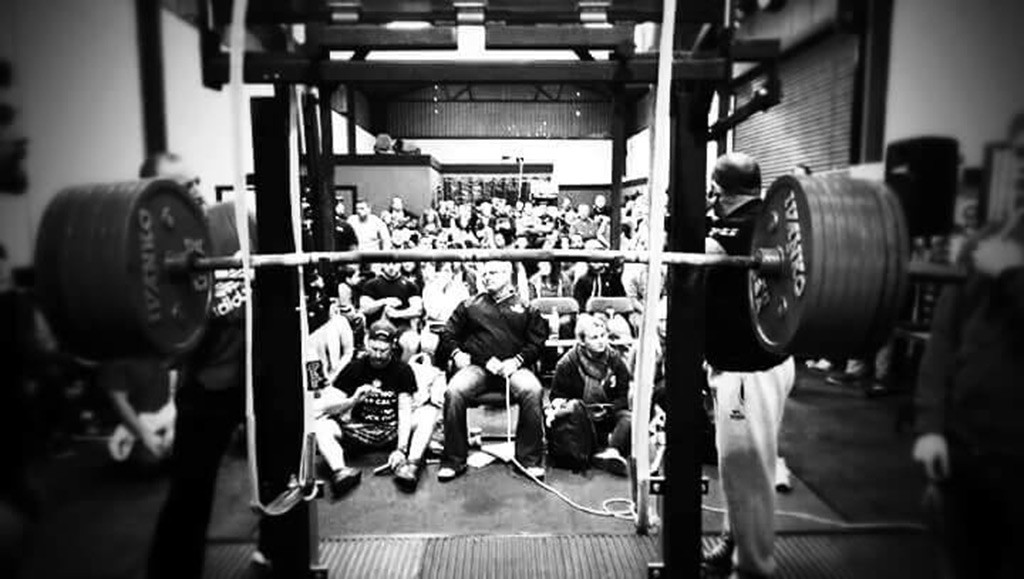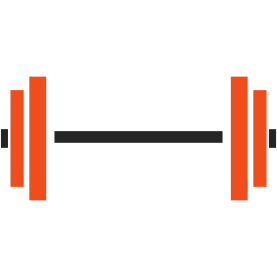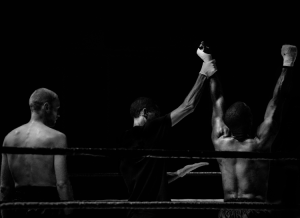Today I want to discuss a topic that has been on my mind lately…peaking. I will discuss the process of peaking as it relates to powerlifting, but the concepts of peaking can be used universally. Let us start by defining today’s terms… fitness, fatigue, and preparedness. Fitness is defined as being suitable to fulfill a task. In the case of powerlifting, it is the ability to express maximal strength for nine singles: three singles at each the squat, the bench press, and the deadlift. Fatigue is very nuanced, but it is usually defined as a decrease in the ability to produce force. Colloquially, people refer to it as exhaustion, or simply how tired you are. Fatigue has components that are acute and long lasting. The long-lasting effects of fatigue are accumulated from many weeks and months of training. Volume, a topic we discussed in an earlier post, is a big contributor to fatigue. We will talk about this later in the post. Lastly, preparedness is defined as the state of readiness. Now, knowing today’s terms, let us dive into how this relates to peaking and performing your best on the day it counts. The goal of peaking is to drop fatigue, maintain fitness, and therefore, increase preparedness. Let us discuss how this translates to the sport of powerlifting. After many weeks of training you have developed a high amount of fitness, but also a lot of fatigue! A big contributor to fatigue is volume, I define as sets x reps, but you also need volume to maintain fitness! So, what do you do? Well it depends. Your strength, experience, and individuality will help determine the length of your peak. If you go through the process of peaking for too long, fatigue will drop but so will fitness. This is not what you want! If you do not go through the process of peaking long enough, fatigue will be a big contributing factor to lack of preparedness. The goal is to find that perfect goldilocks zone, where the peaking process is not too long or too short. As a rule of thumb, volume needs to decrease throughout your peak as you approach your meet, but you don’t want to decrease volume too far out or else you risk losing fitness and you don’t want to keep volume too high too close to your meet or else fatigue will hold you back from performing your best. Now, let us discuss intensity, or in this case, the weight on the bar. As you approach your meet you need to get more and more specific to your goal…being able to produce maximal strength in the squat, bench, and deadlift. So, hitting sets of 10 reps in the squat, bench, and deadlift at low intensities close to your meet probably is not the greatest approach. So now we have an understanding that volume should decrease as you approach your meet and intensity should increase/maintain (depending on your program). Well, what about the week of competition? I recommend a very low volume and low to moderate intensity approach. Basically, the week of the competition will be easy in the gym, technique should be a focus, and adequate rest should be a priority. Lastly, on the day that you compete, do not eat anything that is new to you! Big mistake! Eat what you are used to eating and go have fun. In conclusion, peaking is about decreasing fatigue, maintaining fitness, and therefore increasing preparedness. Volume decreases as you approach the meet while intensity increases. During meet week, both volume and intensity should be relatively low. These are some concepts related to peaking. Also remember these are just concepts. This is not a program! I suggest finding a good coach who understands these concepts who can help you perform your best!

Peaking for Performance
- likeironfitness@gmail.com
- July 20, 2017
- Uncategorized




